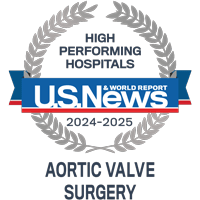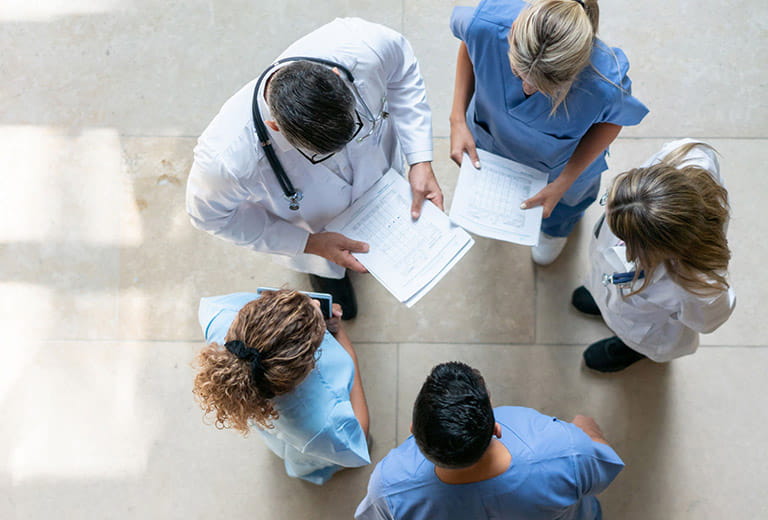Orlando Health Heart and Vascular Institute
At Orlando Health Heart and Vascular Institute, our cardiovascular specialists have expertise in more than 40 areas of specialty, using the most advanced technologies and treatment options available. That level of excellence recently earned us national distinction with a top 50 ranking in Cardiology, Heart & Vascular Surgery from U.S. News & World Report.
Orlando Health Heart and Vascular Institute is honored to be celebrating 60 years of providing compassionate, high-quality cardiovascular care in Central Florida. Today, we remain committed to continuing to deliver top-ranked cardiovascular care to the thousands of patients we care for every year.
Along with high level care, we understand the importance of communication, access to clinical experts, and coordinated and collaborative services. Your Orlando Health MyChart patient portal gives you 24/7 online access to your personal health record, where you can message with your care team, view after-visit notes, see lab results, manage appointments and more — connecting you to care that’s focused on you.
Trusted. Nationally Recognized.




About the Heart and Vascular Institute
Since establishing a dedicated heart program 60 years ago - launching what would become a nationally recognized and renowned comprehensive cardiovascular program - Orlando Health has been providing top-quality and leading-edge cardiovascular care in Central Florida.

Meet The Heart and Vascular Institute Team
Our multidisciplinary specialists provide the latest in diagnostic imaging and treatment options designed around the needs of our patients and their families. We understand the importance of communication and giving you a voice in your care plan.
The Orlando Health Heart and Vascular Institute includes more than 70 physicians in more than 20 locations across Central Florida, spanning Orange, Osceola, Lake, Seminole, Highlands and Okeechobee counties. As a part of Orlando Health, the Heart and Vascular Institute includes a network of community and specialty hospitals and providers.
When you choose Orlando Health for your care, you get an entire team of physicians working together to treat all your cardiovascular needs with the most advanced technologies and treatments available.
Patient Testimonials
"I have plans on being here for a long time."

"I have been seeing Dr. Duran at Orlando Health for more than a decade now. He has become a friend and family. We don't do anything medically without his office saying 'OK.' That's just bottom line. I have that much trust in him."
Dennis | Heart and Vascular Patient


